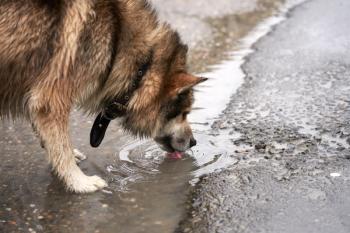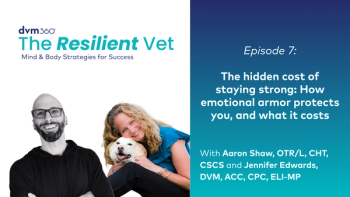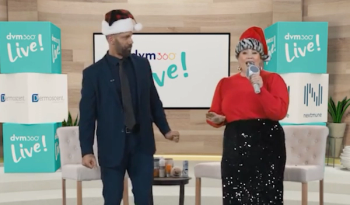
Challenging cases in small ruminant medicine (Proceedings)
You are presented with a 4 year old Suffolk ewe for evaluation of abnormal behavior.
This hour of lecture will focus on the art and science of veterinary practice in the context of clinical cases. The following cases will be "worked-up" throughout the hour discussion. Some case history, exam findings, and some of the relevant lab work is presented below.
Case 1
You are presented with a 4 year old Suffolk ewe for evaluation of abnormal behavior. Four days prior to presentation the ewe separated herself from the flock and was noted to be weak. She has become progressively worse and now has difficulty standing. The ewe is one of 20 on a 30 acre pasture that is cross fenced into 5 acre paddocks. The animals are moved regularly and have routine fecal examinations with targeted worming based on parasite profile and quantitative counts.
On examination the ewe has a body condition score 2.5/5. She is profoundly depressed and has a prominent head tilt to the right. When she moves she leans and falls to the right and will occasionally circle to the right. She has a prominent lip droop on the right. Her palpebral response is decreased on the left and she fails to respond to aural or nasal filtrum stimulation. She is drooling and appears to have difficulty swallowing when water is syringed into the mouth.
Case 2
You are presented with a 2 year old pygmy goat for anorexia of 3 days duration. The goat is one of 10 goats housed on a 3 acre pasture and is the only one that appears to be sick. The goats are wormed every 60 days with approximately 1 cc/100lbs body weight ivermectin. The goat has been on penicillin (3,000 IU/lb SID) for the past 2 days with no apparent response to therapy.
On examination the goat is thin (BCS 1/5) and weak. Rectal temperature is 101.5 F, respiratory rate is 40 bpm, and heart rate is 96 bpm. Conjunctival membranes are pale.
Case 3
You are presented with an 8 week old Suffolk cross wether. The wether was purchased 1 month prior for this upcoming show season. It is fed 600 g of a premixed grain ration. No hay or supplemental feed is given. It had one episode of straining shortly after purchase which resolved spontaneously. For the past 3 days the wether has been off feed and straining. He has been treated with ceftiofur and flunixin meglumine with no response.
On examination the wether is quiet but responsive. He stands with his back arched and frequently strains to urinate which results in a small amount of red urine. Urethral pulsations are present on digital rectal examination.
Suggested reading
Russell KE and Roussel AJ. Evaluation of the ruminant serum chemistry profile. Vet Clin Food Anim 2007; 23(3):403-426.
Jones ML and Allison RW. Evaluation of the ruminant complete blood cell count. Vet Clin Food Anim 2007; 23(3):377-402.
Newsletter
From exam room tips to practice management insights, get trusted veterinary news delivered straight to your inbox—subscribe to dvm360.




